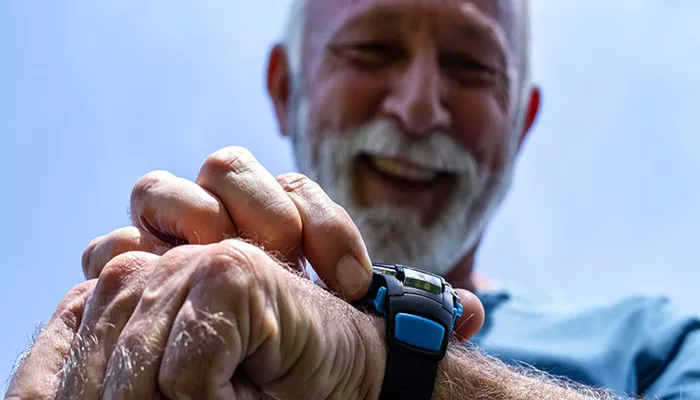A recent study has shown that wearable, long-term continuous heart monitors can identify 52% more cases of atrial fibrillation compared to standard care. However, this increase in detection did not result in fewer hospitalizations due to stroke. The research was led by the Duke Clinical Research Institute and presented on September 1 at the European Society of Cardiology meeting. The findings were also published in the Journal of the American College of Cardiology.
Inconclusive Results on Stroke Rates
The study provides inconclusive evidence regarding whether screening for atrial fibrillation lowers stroke rates. The COVID-19 pandemic caused an early halt to the study before full enrollment, resulting in an insufficient number of participants to draw definitive conclusions about stroke prevention.
“Atrial fibrillation is often undiagnosed and can increase the risk of ischemic stroke, which is largely reversible by oral anticoagulation,” said Dr. Renato Lopes, the lead author and a professor of medicine at Duke Clinical Research Institute.
Study Overview
Approximately 12,000 patients aged 70 and older, with no history of atrial fibrillation, were enrolled in the study. Half of the participants were randomly assigned to receive a long-term continuous monitoring device for 14 days, while the other half received standard care.
Over a median follow-up period of 15 months, the study reported a 52% increase in diagnosed cases of atrial fibrillation among those using the monitoring device compared to those receiving standard care. There was no increase in hospitalization rates for bleeding, nor was there a significant reduction in hospitalizations for strokes when compared to standard care.
The study was originally designed to include 52,000 patients, which would have provided sufficient power to determine whether screening effectively reduces stroke incidence. A larger study population is necessary because strokes occur in only a subset of patients with atrial fibrillation.
Lessons Learned for Future Studies
Despite the inconclusive findings, Dr. Lopes noted that the study provided valuable insights for future research. He emphasized that the study’s design allowed for virtual enrollment and screening of patients using self-applied patch devices at home, with remote support. This approach could be replicated in future studies.
Study Authors
In addition to Dr. Lopes, the study included contributions from several authors: Steven J. Atlas, Alan S. Go, Steven A. Lubitz, David D. McManus, Rowena J. Dolor, Ranee Chatterjee, Michael B. Rothberg, David R. Rushlow, Lori A. Crosson, Ronald S. Aronson, Michael Patlakh, Dianne Gallup, Donna J. Mills, Emily C. O’Brien, and Daniel E. Singer.
Conclusion
The study highlights the potential of wearable heart monitors in identifying atrial fibrillation cases, although it raises questions about their impact on stroke prevention. As research continues, it will be essential to explore the effectiveness of these devices in broader populations and their role in reducing the risk of serious cardiovascular events.


